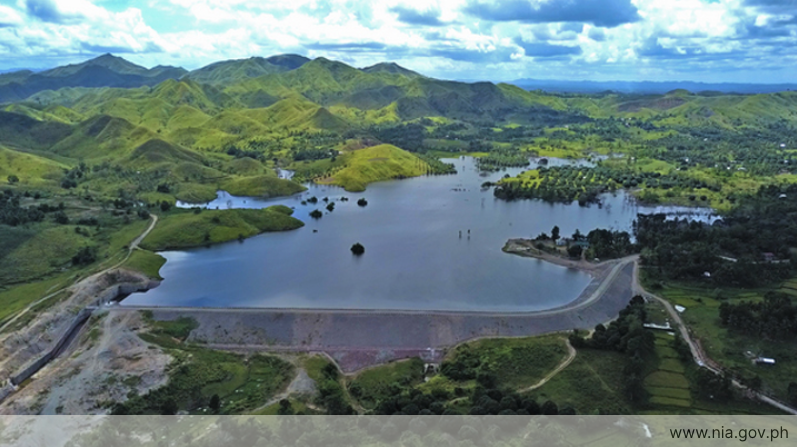
MANILA, Philippines — The National Irrigation Administration (NIA) plans to accelerate the development of irrigation projects in the country through public private partnerships (PPP).
In a statement over the weekend, the NIA said that irrigation development in the Philippines is very slow at two percent of the potential irrigable area of about 1.3 million hectares annually, mainly due to lack of budgetary support to fast-track implementation of big-ticket multi-purpose projects.
It said that this is also caused by the slow phase of project preparation due to failure of local consultants to deliver necessary outputs like feasibility study and detailed engineering design, as well as the conversion of developed irrigated areas to other land uses like residential, industrial, and other purposes.
“With involving the Private Sector through PPP, this will accelerate irrigation development by offering other potential benefits from the irrigation projects like hydropower and floating solar power generations,” the NIA said.
The agency said it currently has 50 potential irrigation projects for PPP nationwide.
It said the potential projects are composed of major or big-ticket multipurpose projects with hydropower component that can have potential floating solar power farm, and Small River Irrigation Projects (SRIPs) or the medium-sized dams with reservoir that can have potential for floating solar power farm and/or mini-hydro power plant.
Some of the potential major multipurpose projects for PPP identified by the NIA are the Balog-Balog Multipurpose Project in Tarlac, Ilocos Sur-Ilocos Norte-Abra Irrigation Project in Region I, Panay River Basin Integrated Development Project in Capiz, Ilaguen Multipurpose Irrigation and Power Project in Isabela, and Balintingon Multipurpose Project in Nueva Ecija.
“As PPP is seen to be eligible for power generation, irrigation, and climate change mitigation and adaptation infrastructure projects, NIA sees partnership with the private sector as an opportunity to gain improved efficiency and project implementation processes in delivering services to the public, especially our farmers,” the agency said.
“With PPP’s focus on reduced costs, better risk allocation, faster implementation, improved services and possible generation of additional revenue, the NIA top management officials calls on the private sector in the much needed investments to Philippine agriculture,”it said.
Agriculture Secretary William Dar earlier suggested that PPPs should be done to accelerate the construction of the needed irrigation systems within the next 10 years.
“We are a net importing country because we have neglected our agriculture. Our agriculture is under-budgeted, has been under-invested even by the private sector. You have to bring together public government support with private investment,” Dar said earlier.
Last month, Dar said the country needs about P500 billion to develop its national irrigation systems within 10 years.
In April, President Duterte signed Executive Order 168, which transfers the NIA back to the Department of Agriculture from the Office of the President, in a bid to optimize the country’s water resources to ensure food security.
The NIA was under DA’s jurisdiction from October 1992 until it was transferred to the Office of the President in 2014 through EO 165.
Dar stressed that with the NIA’s improved coordination with other DA units, there will be more accelerated development of various land and water facilities.
“From here on, our programs and strategies must be synchronized, and must address long-standing risks from natural calamities such as droughts and typhoons. All factors leading to better integration to optimize all available resources will be at play. We will do this to significantly improve production and service delivery especially to our farmers,” Dar said earlier.
Source: https://www.philstar.com/business/2022/06/27/2191083/nia-eyes-ppp-irrigation-development













